
The Enchanting Pathways of Fushimi Inari
Discover the mystical allure of Fushimi Inari in Kyoto, Japan, where ancient shrines, vibrant torii gates, and serene nature trails create an unforgettable experience.
Fushimi Inari, located in Kyoto, Japan, is a captivating neighbourhood that has become a must-visit for tourists from around the world. Known primarily for the iconic Fushimi Inari Taisha shrine, this area offers a blend of historical, cultural, and natural beauty. As you explore the vibrant vermilion torii gates that wind up the sacred Mount Inari, you'll be transported to a different time, feeling the spiritual energy that has drawn pilgrims for centuries. The shrine itself is dedicated to Inari, the Shinto god of rice, and is a significant cultural landmark in Japan. Wander through the intricate network of torii gates, each donated by individuals and businesses, creating a mesmerizing tunnel effect that is both visually stunning and spiritually uplifting. The pathways are dotted with smaller shrines, statues, and offerings, providing insight into local religious practices and beliefs. Beyond the shrine, the Fushimi Inari area offers a variety of attractions for visitors. Enjoy local delicacies at the many food stalls and restaurants, where you can taste traditional Kyoto cuisine. The neighbourhood also boasts beautiful natural scenery, including lush forests and serene trails that provide a peaceful retreat from the bustling city. Whether you're a history enthusiast, a nature lover, or simply seeking a unique cultural experience, Fushimi Inari has something to offer.
Local tips in Fushimi Inari
- Visit early in the morning or late in the afternoon to avoid crowds and enjoy a more peaceful experience.
- Wear comfortable shoes as the hike up Mount Inari involves many steps and can be quite steep in places.
- Carry some cash as many of the local food stalls and small shops do not accept credit cards.
- Take time to explore the smaller shrines and trails off the main path for a more intimate experience of the area.
- Consider visiting in different seasons to see how the scenery changes, with cherry blossoms in spring and vibrant foliage in autumn.
The Enchanting Pathways of Fushimi Inari
Fushimi Inari, located in Kyoto, Japan, is a captivating neighbourhood that has become a must-visit for tourists from around the world. Known primarily for the iconic Fushimi Inari Taisha shrine, this area offers a blend of historical, cultural, and natural beauty. As you explore the vibrant vermilion torii gates that wind up the sacred Mount Inari, you'll be transported to a different time, feeling the spiritual energy that has drawn pilgrims for centuries. The shrine itself is dedicated to Inari, the Shinto god of rice, and is a significant cultural landmark in Japan. Wander through the intricate network of torii gates, each donated by individuals and businesses, creating a mesmerizing tunnel effect that is both visually stunning and spiritually uplifting. The pathways are dotted with smaller shrines, statues, and offerings, providing insight into local religious practices and beliefs. Beyond the shrine, the Fushimi Inari area offers a variety of attractions for visitors. Enjoy local delicacies at the many food stalls and restaurants, where you can taste traditional Kyoto cuisine. The neighbourhood also boasts beautiful natural scenery, including lush forests and serene trails that provide a peaceful retreat from the bustling city. Whether you're a history enthusiast, a nature lover, or simply seeking a unique cultural experience, Fushimi Inari has something to offer.
Iconic landmarks you can’t miss
Fushimi Inari Taisha
Explore the enchanting Fushimi Inari Taisha, a historic Shinto shrine adorned with thousands of vibrant torii gates, offering a unique cultural experience.
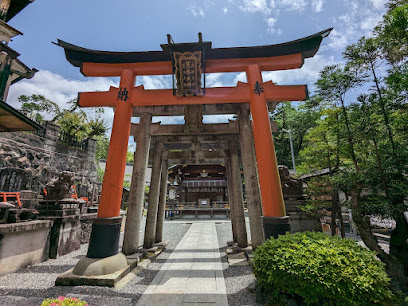
Fushimi Inari Taisha Sembon Torii (Thousand Torii Gates)
Explore the iconic Fushimi Inari Taisha in Kyoto, Japan, home to thousands of vermilion torii gates leading to breathtaking mountain vistas.
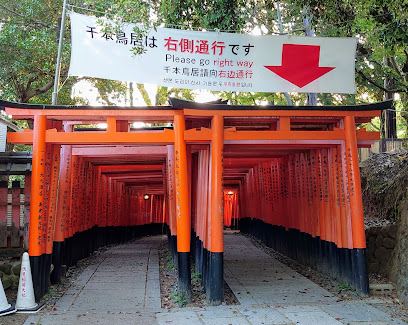
Fushimi Kandakara Shrine
Discover the tranquility of Fushimi Kandakara Shrine, a hidden gem in Kyoto, where traditional Shinto culture meets serene natural beauty.
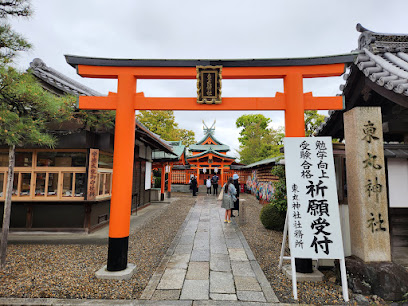
Summit of Mt. Inari
Explore the spiritual summit of Mt. Inari in Kyoto, where thousands of torii gates and stunning vistas await your discovery.
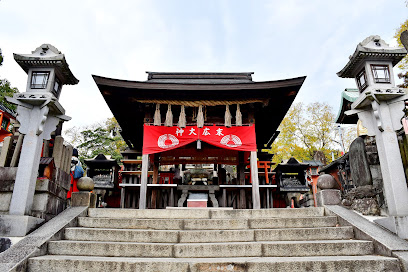
Kumataka Shrine
Discover the serene beauty of Kumataka Shrine in Kyoto, a tranquil Shinto sanctuary offering a glimpse into Japan's rich spiritual heritage.

Fushimi Inari Yotsuji
Explore the enchanting Fushimi Inari Yotsuji in Kyoto, a Shinto shrine featuring thousands of vermilion torii gates and a serene path through nature.
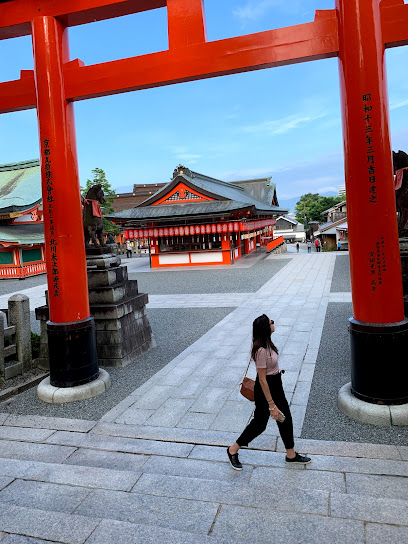
Great Torii
Explore the iconic Great Torii at Fushimi Inari Taisha, a must-see Shinto shrine in Kyoto known for its stunning pathways of vermillion gates and serene mountain views.
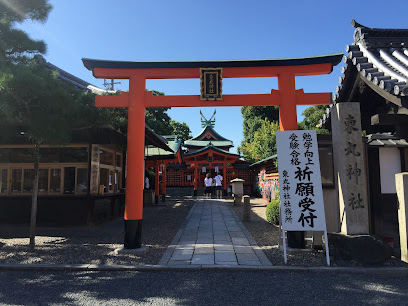
Fushimi Inari Taisha Honden (Sanctuary)
Explore Fushimi Inari Taisha, Kyoto's iconic Shinto shrine, known for its thousands of vibrant torii gates and breathtaking mountain trails.
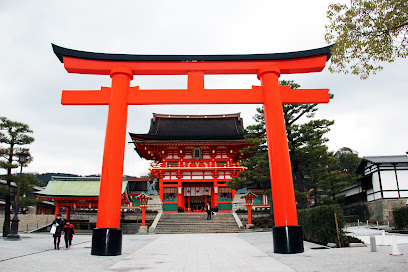
Tower Gate
Discover the spiritual serenity of Tower Gate, a stunning Shinto shrine in Kyoto that embodies Japan's rich cultural heritage and natural beauty.
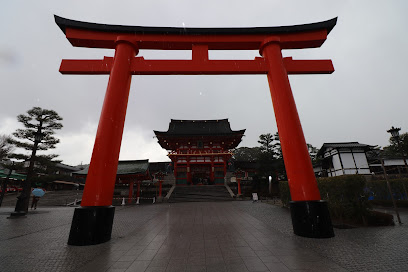
Kojingamine (Tanakasha Shinseki)
Explore the serene beauty of Kojingamine in Kyoto, a captivating Shinto shrine surrounded by nature, rich in spiritual heritage and cultural significance.
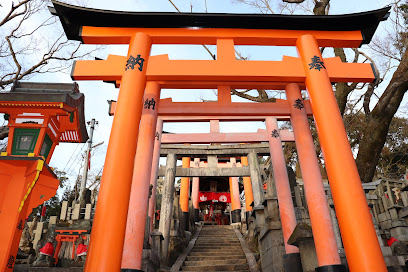
Unmissable attractions to see
Fushimi Inari Taisha Sembon Torii (Thousand Torii Gates)
Explore the mesmerizing Fushimi Inari Taisha in Kyoto, where thousands of vibrant torii gates create a spiritual journey through stunning landscapes.
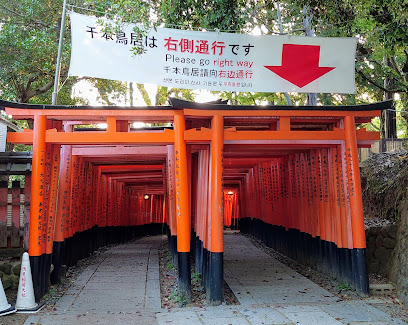
Fujinomori Shrine
Discover the serene beauty and spiritual heritage of Fujinomori Shrine, a must-visit Shinto shrine in the heart of Kyoto, Japan.
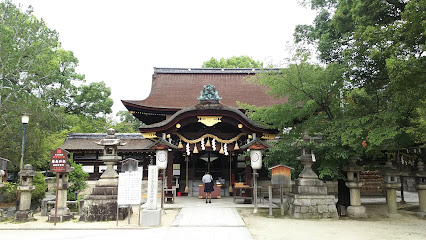
Araki Shrine
Experience the serene beauty and spiritual heritage at Araki Shrine in Kyoto, a tranquil escape amidst the bustling city.
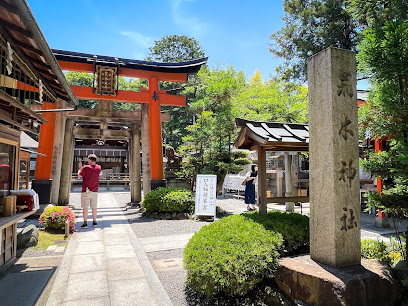
Fushimi Kandakara Shrine
Explore the spiritual beauty of Fushimi Kandakara Shrine, a serene Shinto sanctuary in the hills of Kyoto, offering breathtaking views and rich cultural history.
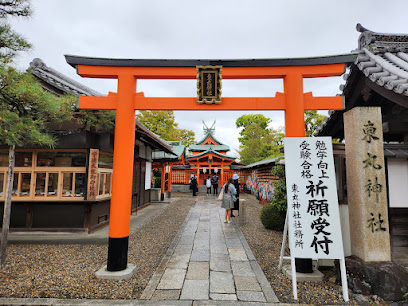
Summit of Mt. Inari
Experience the breathtaking Summit of Mt. Inari, a sacred site adorned with thousands of torii gates that blend spirituality and stunning views in Kyoto.
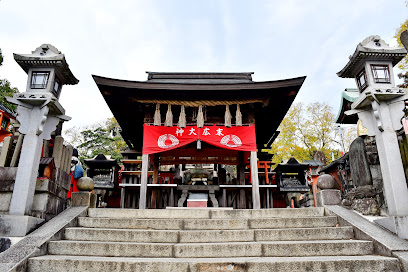
Kumataka Shrine
Explore the tranquil beauty and cultural heritage of Kumataka Shrine, a hidden gem in Kyoto's spiritual landscape.

Azumamaro Shrine
Experience serenity and cultural richness at Azumamaro Shrine, a hidden gem in Kyoto's Fushimi Ward, dedicated to agriculture and fertility.
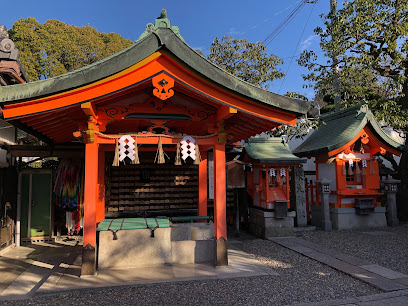
Ōiwa-jinja Shrine
Discover the serene beauty and cultural heritage of Ōiwa-jinja Shrine, a captivating Shinto shrine in the heart of Kyoto, Japan.
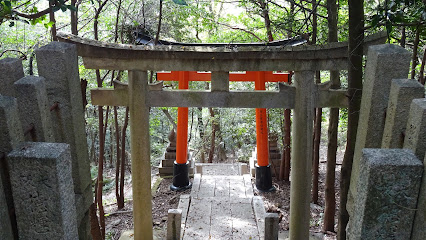
Kojingamine (Tanakasha Shinseki)
Discover Kojingamine, a tranquil Shinto shrine in Kyoto, where nature and spirituality intertwine for an unforgettable cultural experience.
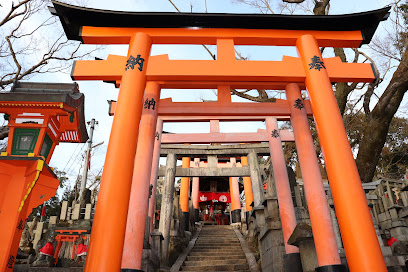
Essential places to dine
Nezameya
Experience authentic Japanese dining at Nezameya in Kyoto - home of exquisite unagi dishes amidst serene surroundings.

Kanoko
Experience traditional Japanese flavors at Kanoko, Kyoto’s premier soba noodle shop offering fresh dishes in a serene setting.
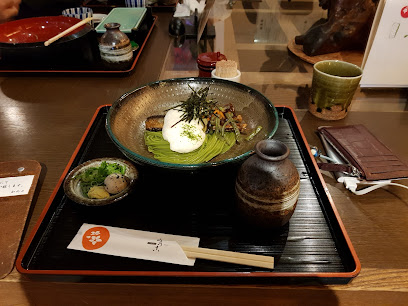
Fushimi Inari Sando Chaya
Experience the perfect blend of traditional Japanese tea and dim sum at Fushimi Inari Sando Chaya, located near the iconic Fushimi Inari Shrine.
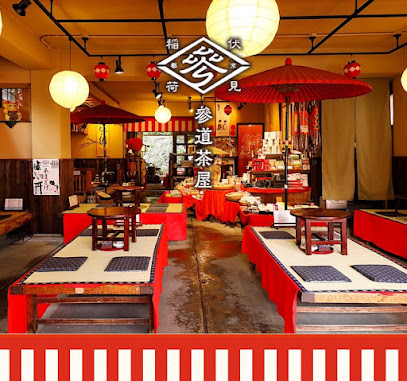
Inafuku
Discover Inafuku in Kyoto for an authentic sushi experience where tradition and flavor unite in every bite.
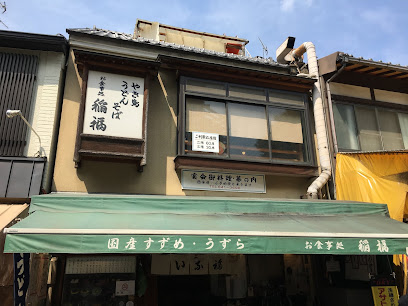
Ohmiya
Discover the essence of traditional Japanese cuisine at Ohmiya, where every dish is crafted with passion and authenticity in Kyoto.
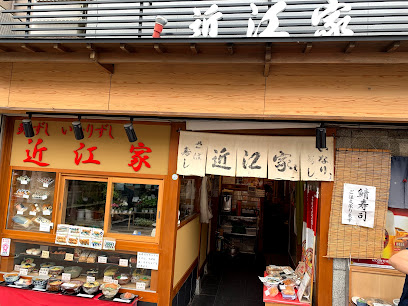
Fushimi Inari Oicy Village
Experience the diverse flavors of Japan at Fushimi Inari Oicy Village—a culinary hub featuring sushi, ramen, desserts, and more in Kyoto.
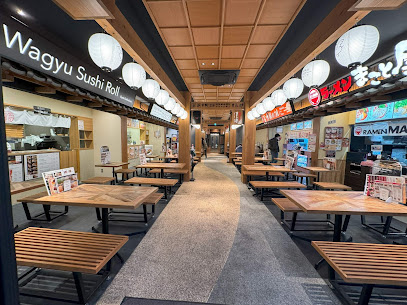
Santokutei
Discover authentic Japanese flavors at Santokutei in Kyoto - where tradition meets taste in every delightful dish.
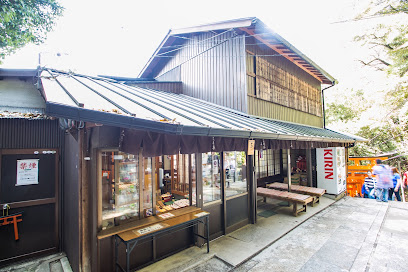
Tsujitei
Experience authentic Japanese cuisine at Tsujitei in Kyoto's Fushimi Ward – where tradition meets flavor in every dish.
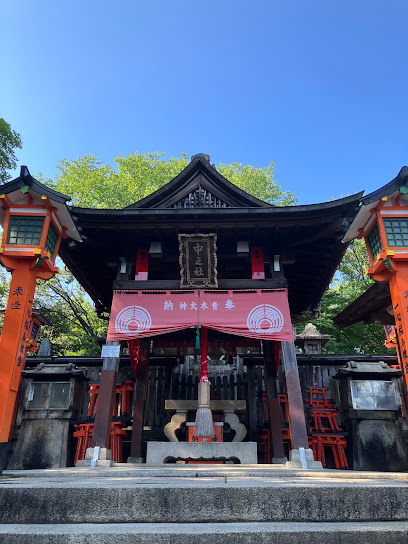
Fushimi Inari Hirano Seishoan
Discover the taste of Kyoto at Fushimi Inari Hirano Seishoan – your go-to takeout destination for authentic Japanese cuisine.
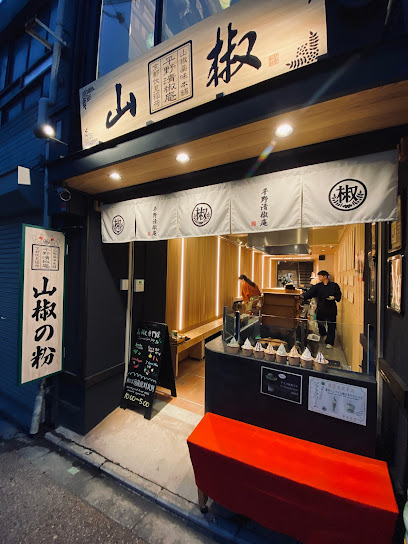
巨大蟹カマ
Experience authentic Japanese cuisine at 巨大蟹カマ in Kyoto – where every dish tells a story of tradition and flavor.
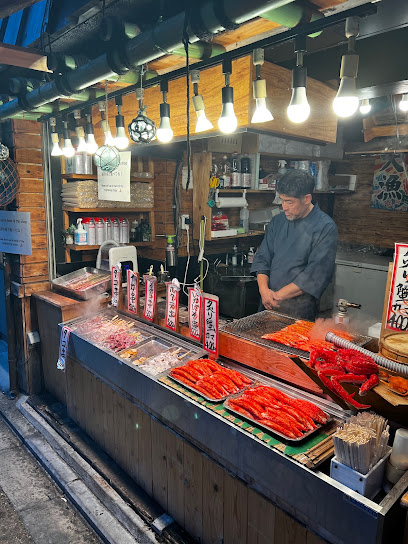
Markets, malls and hidden boutiques
Fushimi Inari Taisha
Explore the stunning Fushimi Inari Taisha, renowned for its thousands of vermillion torii gates and serene mountain trails in Kyoto, Japan.
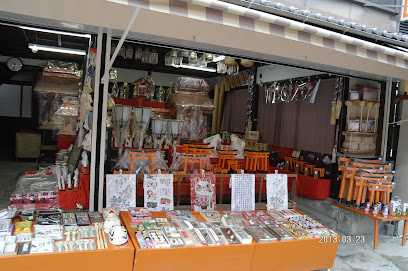
AEON MALL KYOTO
Discover the vibrant shopping experience at AEON Mall Kyoto, blending modern retail with traditional Kyoto charm for an unforgettable visit.
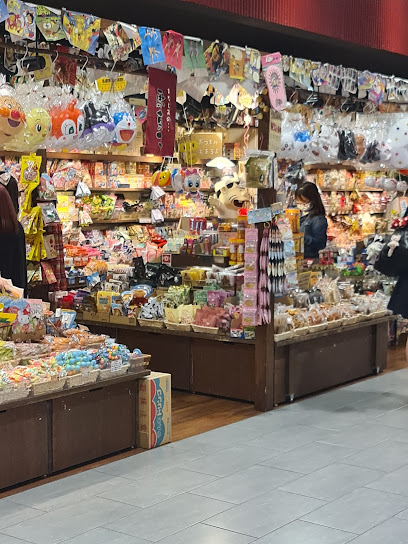
ASTY Kyoto
Explore ASTY Kyoto, a bustling shopping mall that offers an array of unique souvenirs, local cuisine, and a taste of Kyoto's vibrant culture.
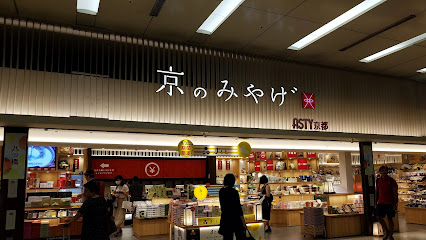
Fushimi Otesuji Shopping Street
Explore the vibrant Fushimi Otesuji Shopping Street in Kyoto, where traditional culture meets modern shopping and dining experiences.
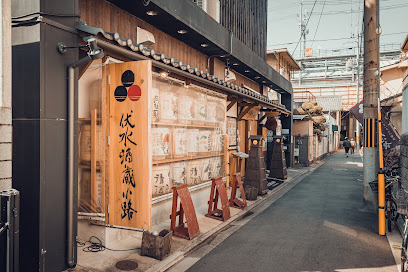
手づくり工房 京豆庵 京都伏見稲荷店
Experience the taste of Kyoto at Kyozuan, an artisanal ice cream shop offering unique flavors inspired by Japanese traditions.
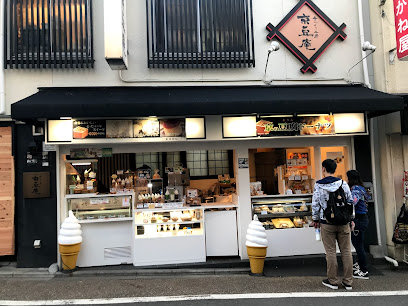
Kyoto Denim
Explore Kyoto Denim, a unique shopping experience offering high-quality bags and souvenirs that reflect the artistry of Kyoto's craftsmanship.
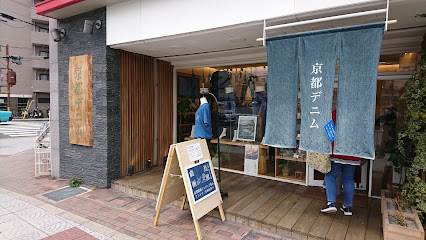
Fushimi Inari Oicy Village
Explore Fushimi Inari Oicy Village for an unforgettable culinary journey through Kyoto's diverse Japanese food scene, from sushi to ramen and more!
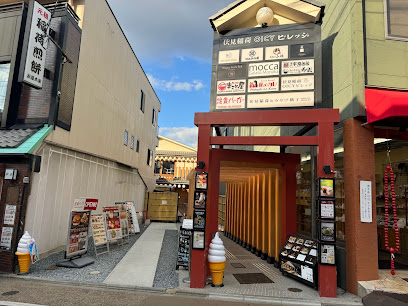
Chiikawa Mogumogu Honpo
Discover the whimsical world of Chiikawa Mogumogu Honpo in Kyoto, where unique souvenirs and delightful character goods await every traveler.
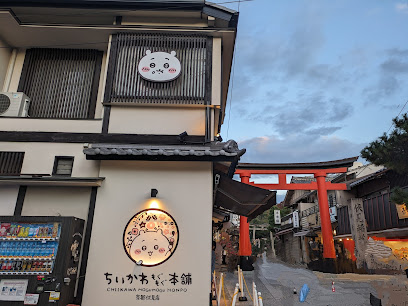
Inariya
Discover Inariya, Kyoto's finest Japanese confectionery shop, where tradition meets sweetness in every delightful treat.
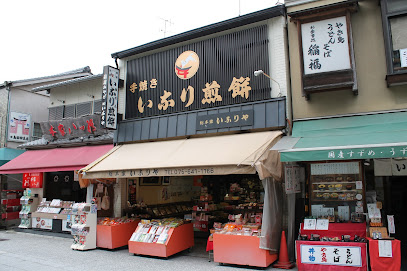
Gallery KACCO
Discover unique, handcrafted souvenirs at Gallery KACCO, where Kyoto's rich cultural heritage meets contemporary artistry.
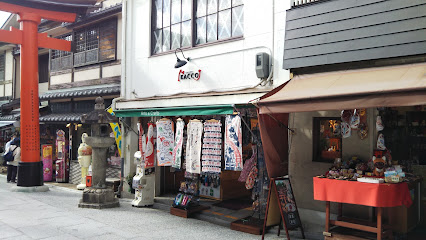
Essential bars & hidden hideouts
L'Escamoteur
Discover the enchanting world of L'Escamoteur, Kyoto's magical cocktail bar blending creativity and craftsmanship in every sip.

Vermillion - espresso bar & info.
Discover the charm of Vermillion, Kyoto's cozy espresso bar, where quality coffee meets a warm and inviting atmosphere.
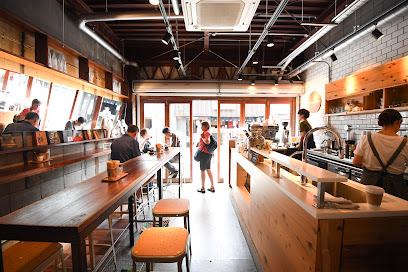
Fushimi Inari Sando Chaya
Experience authentic dim sum and traditional tea at Fushimi Inari Sando Chaya, a cozy cafe near Kyoto's iconic Fushimi Inari Shrine.
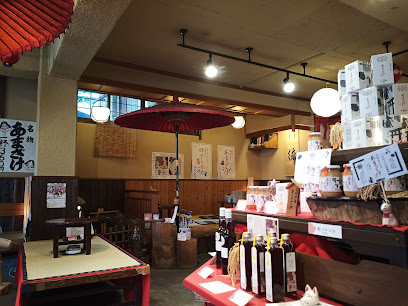
The Common One Bar Kyoto
Experience Kyoto's vibrant nightlife at The Common One Bar, where expertly crafted cocktails meet a unique and inviting atmosphere.
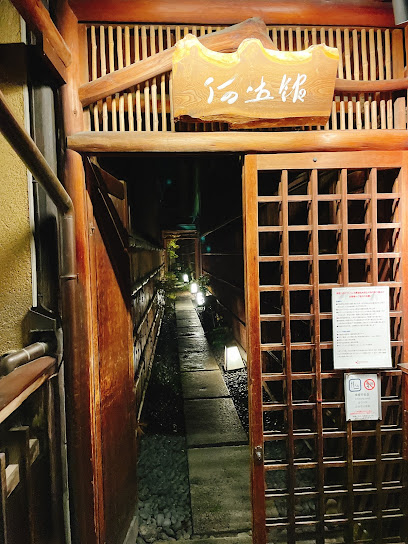
Turquoise Bar
Experience Kyoto's vibrant nightlife at Turquoise Bar, where expertly crafted cocktails meet a lively atmosphere in the heart of the city.
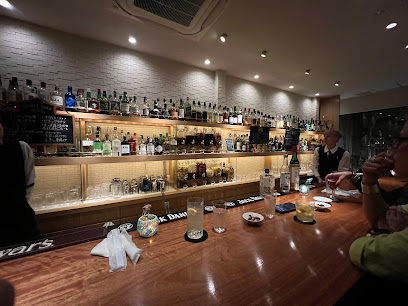
Sky Lounge KUU
Experience breathtaking views and exquisite drinks at Sky Lounge KUU, Kyoto's premier bar and lounge atop Kyoto Tower.
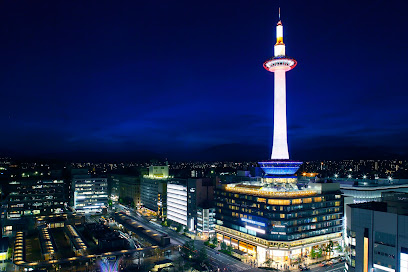
Talisker
Discover Talisker, a charming bar in Kyoto's Gion district, offering a unique blend of traditional aesthetics and modern drinks in a cozy atmosphere.
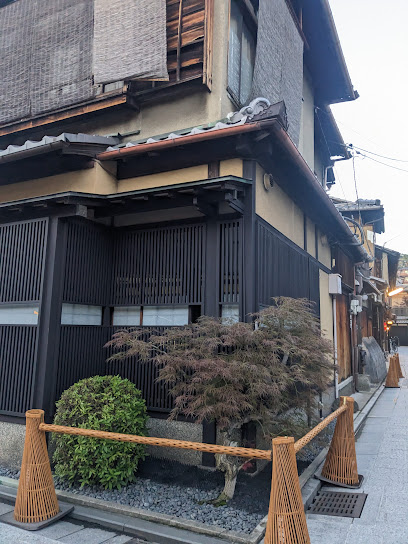
The Stones
Discover the lively atmosphere of The Stones, Kyoto's favorite pub offering affordable drinks and a chance to mingle with locals and travelers.
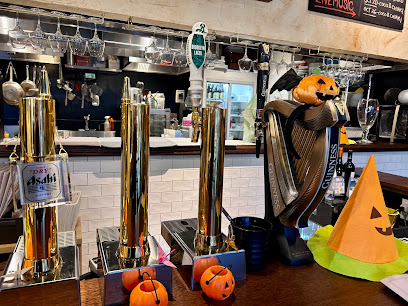
Fukakusa
Experience the authentic taste of Kyoto at Fukakusa, an izakaya offering delightful food and a vibrant atmosphere in the heart of Japan.
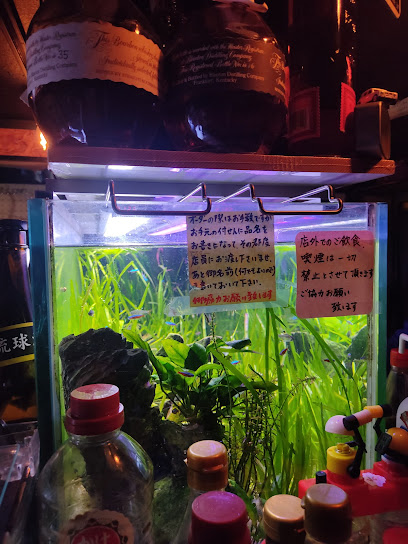
Bar 轟
Experience the tranquility and exquisite cocktails of Bar 轟, a delightful retreat in the heart of Kyoto's nightlife.
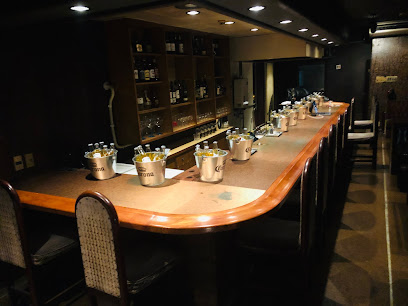
Local Phrases
-
- Helloこんにちは
[Konnichiwa] - Goodbyeさようなら
[Sayōnara] - Yesはい
[Hai] - Noいいえ
[Iie] - Please/You're welcomeどうぞ
[Dōzo] - Thank youありがとうございます
[Arigatō gozaimasu] - Excuse me/Sorryすみません
[Sumimasen] - How are you?お元気ですか?
[O-genki desu ka?] - Fine. And you?元気です。あなたは?
[Genki desu. Anata wa?] - Do you speak English?英語を話せますか?
[Eigo o hanasemasu ka?] - I don't understandわかりません
[Wakarimasen]
- Helloこんにちは
-
- I'd like to see the menu, pleaseメニューを見せてください
[Menyū o misete kudasai] - I don't eat meat肉は食べません
[Niku wa tabemasen] - Cheers!乾杯!
[Kanpai!] - I would like to pay, pleaseお会計をお願いします
[Okaikei o onegaishimasu]
- I'd like to see the menu, pleaseメニューを見せてください
-
- Help!助けて!
[Tasukete!] - Go away!行きなさい!
[Ikinasai!] - Call the Police!警察を呼んで!
[Keisatsu o yonde!] - Call a doctor!医者を呼んで!
[Isha o yonde!] - I'm lost道に迷いました
[Michi ni mayoimashita] - I'm ill具合が悪いです
[Guai ga warui desu]
- Help!助けて!
-
- I'd like to buy......を買いたいです
[... o kaitai desu] - I'm just looking見てるだけです
[Miteru dake desu] - How much is it?いくらですか?
[Ikura desu ka?] - That's too expensiveそれは高すぎます
[Sore wa takasugimasu] - Can you lower the price?値段を下げてもらえますか?
[Nedan o sagete moraemasu ka?]
- I'd like to buy......を買いたいです
-
- What time is it?今何時ですか?
[Ima nanji desu ka?] - It's one o'clock一時です
[Ichiji desu] - Half past (10)十時半
[Jūji han] - Morning朝
[Asa] - Afternoon午後
[Gogo] - Evening夕方
[Yūgata] - Yesterday昨日
[Kinō] - Today今日
[Kyō] - Tomorrow明日
[Ashita] - 1一
[Ichi] - 2二
[Ni] - 3三
[San] - 4四
[Yon] - 5五
[Go] - 6六
[Roku] - 7七
[Nana] - 8八
[Hachi] - 9九
[Kyū] - 10十
[Jū]
- What time is it?今何時ですか?
-
- Where's a/the...?...はどこですか?
[... wa doko desu ka?] - What's the address?住所は何ですか?
[Jūsho wa nan desu ka?] - Can you show me (on the map)?(地図で)見せてもらえますか?
[(Chizu de) misete moraemasu ka?] - When's the next (bus)?次の(バス)はいつですか?
[Tsugi no (basu) wa itsu desu ka?] - A ticket (to ....)(...)までのチケット
[(...) made no chiketto]
- Where's a/the...?...はどこですか?
History of Fushimi Inari
-
Fushimi Inari Taisha, the head shrine of the kami Inari, has its origins dating back to the early 8th century, specifically 711 AD, when it was established by the Hata clan. The shrine quickly became an important spiritual center, reflecting the reverence for Inari, the deity of agriculture and rice, which played a vital role in the agrarian society of ancient Japan.
-
During the Heian period (794-1185), Inari worship gained prominence across Japan, and Fushimi Inari Taisha became a focal point for this spiritual movement. The shrine's significance was further solidified as it received imperial patronage, leading to the construction of more structures and the expansion of its grounds, which began to attract pilgrims from across the nation.
-
In the late Edo period (1603-1868), the iconic vermillion torii gates began to proliferate throughout the shrine's paths. These gates were donated by individuals and businesses seeking Inari's blessings for prosperity and success. Today, the thousands of torii gates that wind up the sacred Mount Inari serve as a testament to the enduring faith and the cultural practice of honoring Inari.
-
Fushimi Inari Taisha has transitioned into a significant cultural and tourist attraction in contemporary Japan. The shrine, which is particularly popular during the New Year's celebrations, remains a vital part of the local community and national identity, symbolizing the harmonious relationship between nature and spirituality that characterizes Shinto beliefs.
-
The annual Inari Matsuri, held in early February, celebrates the deity with various rituals, parades, and offerings. This festival, alongside numerous other ceremonies throughout the year, emphasizes the cultural importance of Fushimi Inari and its continued relevance in the spiritual and social life of Kyoto.
Fushimi Inari Essentials
-
Fushimi Inari is easily accessible from various neighborhoods in Kyoto. The most convenient way is to take the JR Nara Line from Kyoto Station; the journey takes about 5 minutes, and you will alight at Fushimi Inari Station. Alternatively, you can take the Keihan Main Line from Sanjo Station to Fushimi Inari Station, which also takes around 5 minutes. Buses are available but may take longer due to traffic.
-
Fushimi Inari is best explored on foot, especially the famous torii gate trails that wind through the wooded mountain. There are no bicycles or motor vehicles allowed on the paths. Public transport options nearby include local buses that connect to the main areas in Kyoto. For convenience, consider using taxis if you need to travel farther or return after dark.
-
Fushimi Inari is generally safe for tourists; however, standard precautions should be taken. Avoid wandering alone in secluded areas at night and keep valuables secure. While there are no specific high-crime areas targeting tourists, it’s wise to remain vigilant in crowded spots, especially during peak visiting hours.
-
In case of an emergency, dial 110 for police assistance or 119 for fire and medical emergencies. There is a local police box (koban) near the entrance of Fushimi Inari Shrine. It is advisable to have travel insurance that covers medical emergencies, and there are pharmacies in the vicinity for minor health issues.
-
Fashion: Do wear comfortable shoes suitable for walking; do not wear revealing clothing, especially in sacred areas. Religion: Do respect local customs; do not take photos of worshippers or during ceremonies without permission. Public Transport: Do be polite and give up your seat to the elderly; don't eat or drink in public transport. Greetings: Do bow slightly when greeting locals; don't use overly casual language. Eating & Drinking: Do try local street food; don't eat or drink while walking through the shrine.
-
To experience Fushimi Inari like a local, visit early in the morning or late in the afternoon to avoid crowds. Take the time to explore the smaller trails that lead off the main path for a more tranquil experience. Engage with local shrine staff and volunteers, who may share insights and stories about the shrine's history. Don't miss the chance to try inari sushi from nearby stalls, a local specialty.
Nearby Cities to Fushimi Inari
-
Things To Do in Nara
-
Things To Do in Osaka
-
Things To Do in Nagoya
-
Things To Do in Kanazawa
-
Things To Do in Hiroshima
-
Things To Do in Tokyo
-
Things To Do in Fukuoka
-
Things To Do in Ulsan
-
Things To Do in Pohang
-
Things To Do in Gyeongju
-
Things To Do in Busan
-
Things To Do in Andong
-
Things To Do in Daegu
-
Things To Do in Suncheon
-
Things To Do in Daejeon








